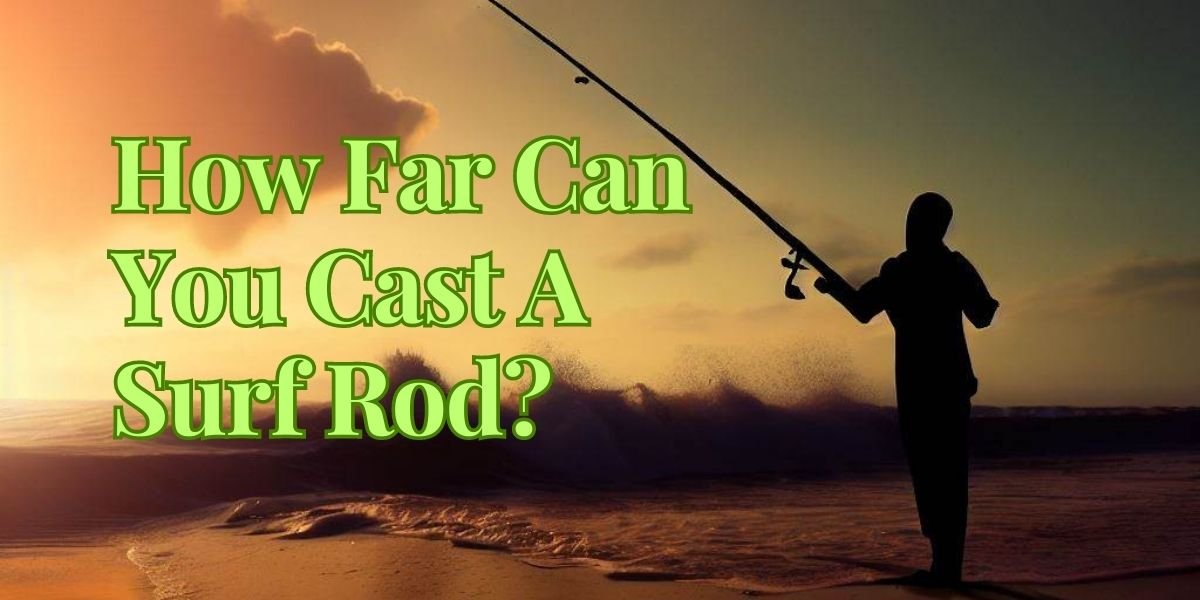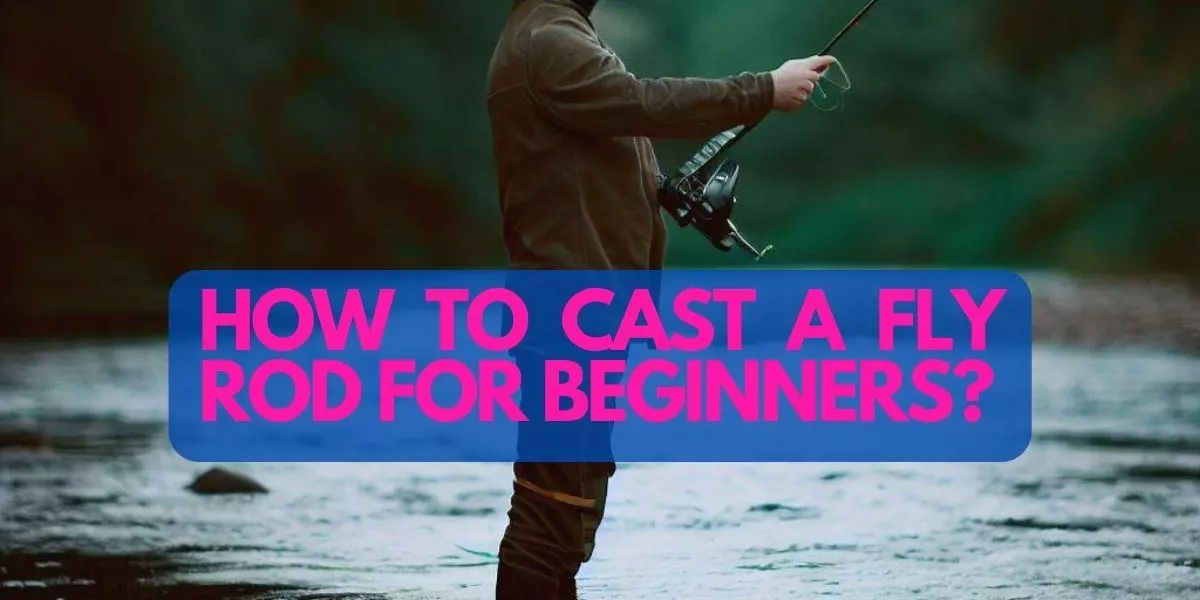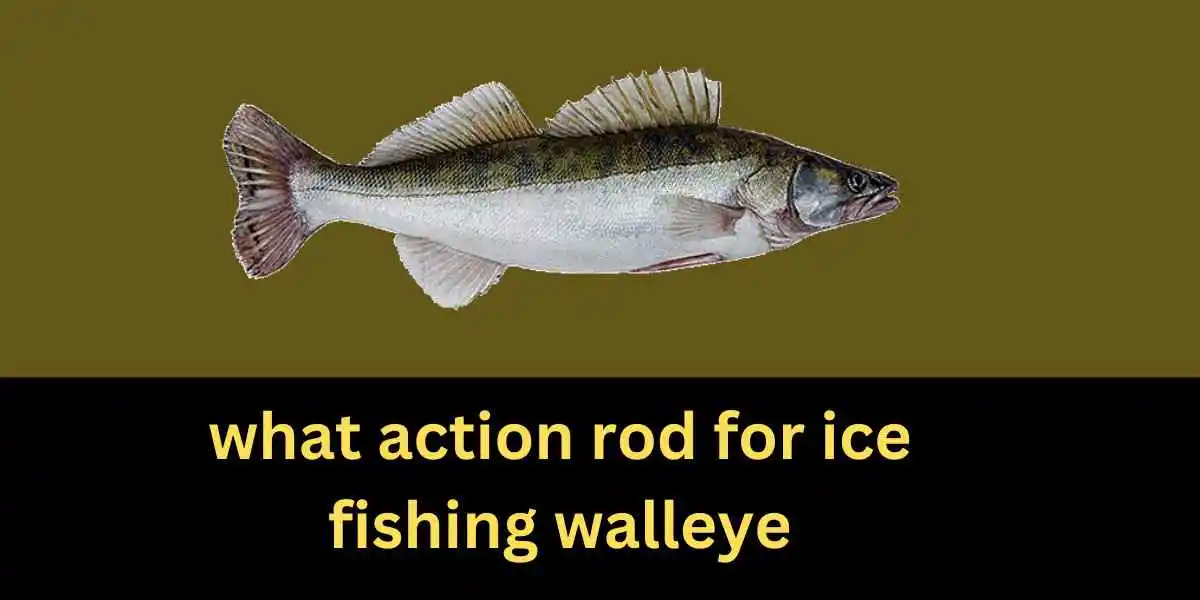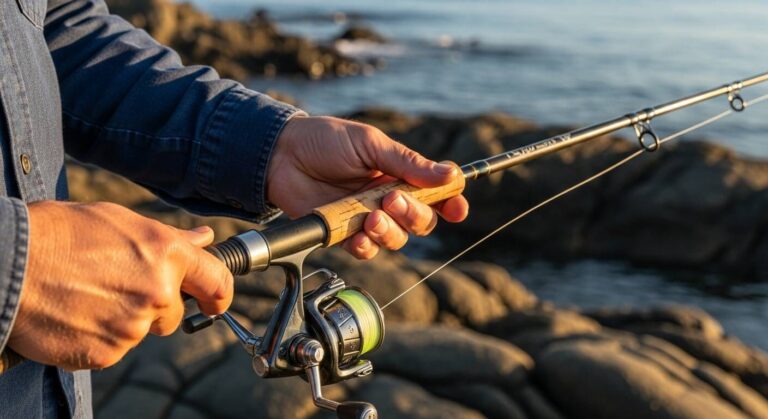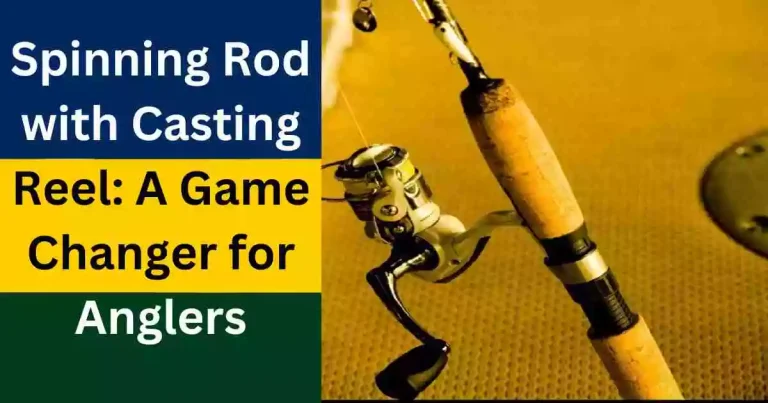Hey there, fellow anglers! Are you ready to test your skills and push your limits in surf fishing?
One question that often comes up is, ‘how far can you cast a surf rod?’ Well, as a seasoned surf fishing expert, I’m here to dive into this topic and give you some tips on how to achieve the ultimate casting distance.
Firstly, let me tell you that casting distance is important when it comes to surf fishing. The further you can cast your line, the more chances you have of reaching deeper waters where bigger fish tend to lurk.
However, it’s not just about throwing your line as far as possible – technique and equipment play a big role too. So, let’s explore what factors affect casting distance and how you can optimize them for maximum success on the beach.
See also: Top 5 Best Surf Fishing Rods For The Avid Angler
Understanding The Importance Of Casting Distance In Surf Fishing
Hey there, fellow anglers; if you’re looking to catch some big fish while surf fishing, then mastering your casting distance is a must. Casting your line far out into the water can make all the difference in catching that trophy-sized fish.
But just how far can you cast a surf rod? Well, that depends on several factors, such as beach terrain and weather conditions.
When it comes to beach terrain, the type of sand and slope of the beach can greatly affect your casting distance. If you’re fishing on a steeply sloping beach, then you’ll likely be able to cast further due to the angle of your cast.
Conversely, a flat beach with soft sand may cause your sinker or lure to get stuck in the sand, reducing your casting distance. It’s important to scout out your fishing spot beforehand and adjust accordingly.
Another factor that can impact your casting distance is weather conditions. Strong winds blowing against you can make casting far out into the water difficult.
On the other hand, calm winds or a tailwind can help carry your line further than normal. Keep an eye on the forecast before heading out, and come prepared with heavier sinkers if necessary.
Now that we’ve covered why casting distance is important in surf fishing and some of the factors that can affect it, let’s dive deeper into these factors affecting casting distance so you can maximize your chances of hooking onto that next big catch!
Factors Affecting Casting Distance
I’m a big believer that your rod type makes a huge difference in your casting distance. A stiffer, longer rod will give you a much greater range than a shorter, softer one.
On top of that, the type of line you use can also make a difference. Monofilament and braid lines are the best for distance, while fluorocarbon can help you hit your target more accurately.
Lastly, don’t forget about the weather conditions. A strong wind can drastically reduce your casting distance, while a calm day will help you get the extra yards.
So, if you want to cast further, ensure you have the right gear and conditions!
Rod Type
When it comes to surf fishing, the right rod can make all the difference in casting distance.
As a seasoned angler, I have come to appreciate the pros and cons of spinning vs. baitcasting rods. Spinning rods are great for beginners or those looking for a more versatile option, as they are easier to cast and can handle a variety of lures.
However, when it comes to distance, baitcasting rods are king as they provide greater accuracy and allow for heavier weights to be cast.
Another factor to consider is the material of the rod. Carbon fiber is a popular option due to its lightweight and high-strength properties.
This allows for greater sensitivity and faster action, which translates into longer casts. However, graphite or fiberglass options are also worth considering as they offer durability and affordability.
Ultimately, the choice of material comes down to personal preference and budget.
In conclusion, choosing the right surf rod is crucial in maximizing casting distance. Whether you opt for spinning or baitcasting rods or prefer carbon fiber or fiberglass materials, it’s important to test out different options until you find what works best for you.
Keep in mind that practice makes perfect when it comes to casting technique, so don’t be afraid to put in some time on the water honing your skills. Happy fishing!
Line Type
Now that we’ve covered the importance of choosing the right rod for casting distance let’s move on to another important factor: line type.
As a surf fishing expert, I can attest that using the right line can make or break your casting distance.
When it comes to monofilament vs. braid, braid is definitely the way to go if you’re looking for longer casts. Braid has less stretch than monofilament, which means you’ll be able to cast heavier weights and lures with greater ease.
With less stretch, there’s also less energy lost in the transfer from rod to lure and less resistance to retrieval. However, keep in mind that braid is more visible in clear water and can be more difficult to handle due to its lack of stretch.
On the other hand, monofilament may provide less casting distance with heavier lines, but it has its own advantages.
It’s easier to handle and knot than braid and can be more forgiving when it comes to tangles or snags. Monofilament also provides better shock absorption, which can help prevent your line from breaking when fighting a fish.
In short, a braid is a way to go for maximum performance when it comes to casting distance with heavier lines. However, don’t discount the benefits of monofilament, such as ease of handling and better shock absorption.
As always, personal preference plays a big role in choosing the right line, so don’t be afraid to experiment until you find what works best for you.
See also: How To Cast A Surf Rod?
Weather Conditions
Now that we’ve covered the importance of choosing the right rod and line for casting distance let’s move on to another important factor: weather conditions.
As a surf fishing expert, I can attest that weather conditions can greatly impact your casting distance. When fishing during rain or heavy winds, it’s important to adjust your technique accordingly.
Strong winds can make it difficult to cast far and accurately, while rain can decrease visibility and make it harder to see where you’re casting. It’s also important to pay attention to wind direction, as it can affect how far your casts will travel.
To combat these weather conditions, try adjusting your casting angle and using heavier weights or lures to help cut through the wind. You may also want to consider using brightly colored lures or bait that are easier to see in low-visibility situations.
Additionally, always make sure you’ve dressed appropriately for the weather conditions so you can focus on your casting without being distracted by discomfort.
In conclusion, don’t let unfavorable weather conditions discourage you from surf fishing. Adjusting your technique and gear appropriately allows you to achieve great casting distances regardless of rain or wind. Just remember always to prioritize safety and comfort when out on the water.
Choosing The Right Surf Fishing Equipment
When it comes to surf fishing, the right equipment can make all the difference in your success.
One of the most important pieces of gear is your surf rod. As the saying goes, ‘you wouldn’t bring a knife to a gunfight,’ and in this case, you don’t want to bring a short rod to a long-distance casting competition.
Surf rod length is crucial for achieving maximum casting distance. A longer rod will allow you to cast farther out into the water, which could mean the difference between catching fish or going home empty-handed. Aim for a surf rod that measures at least 10 feet long, but keep in mind that longer rods can be more challenging to handle.
Equally important is the weight of your surf reel. Choose a reel that’s too heavy, and you’ll exhaust yourself before even getting started.
On the other hand, if your reel is too light, you won’t be able to achieve optimal casting distance. Look for a reel that weighs around 16-20 ounces for optimal balance with your chosen surf rod.
Now that you have an idea of what to look for when selecting equipment, it’s time to put theory into practice and start mastering your casting technique. With some tips and practice, you’ll be on your way to becoming an expert surf caster in no time!
Mastering Your Casting Technique
If you want to increase the distance of your cast, practice makes perfect!
Utilizing the right technique and equipment can make a big difference.
For accuracy, make sure your rod and reel are balanced, and don’t forget to use your wrist and forearm to get the most out of your cast.
With some practice and patience, you’ll soon be casting like a pro!
Increasing Distance
Have you ever felt the frustration of being unable to cast your surf rod far enough to reach those fish just beyond the breakers? Don’t worry; I’ve been there too. But with some adjustments in casting mechanics and a few tricks up your sleeve, you can increase your distance and improve your chances of landing that big catch.
Firstly, let’s talk about casting mechanics. To achieve maximum distance, it’s important to use the proper technique.
Start with a smooth backswing, keeping the rod tip low and close to your body. As you come forward, accelerate quickly and stop abruptly at the 12 o’clock position.
This will create a tight loop and give you more power in your cast. Additionally, make sure to use the right amount of force and timing for your body size and strength.
Secondly, wind resistance can be a significant factor in limiting your casting distance. When facing strong winds or crosswinds, try adjusting the angle of your cast or using heavier lures or sinkers to cut through the air better. You may also want to experiment with different lines, as wind affects some less than others.
Remember that increasing your casting distance takes practice and patience. By focusing on proper casting mechanics and understanding how wind resistance affects your casts, you’ll be well on your way to mastering this essential skill for surf fishing.
Accuracy Techniques
Now that we’ve covered some basic techniques for increasing your casting distance let’s talk about accuracy.
When it comes to surf fishing, being able to cast with precision can make all the difference in landing those elusive fish.
The proper casting form is key to achieving accuracy. Keep your body and arms relaxed, and focus on a smooth and controlled release of the line.
It’s also important to position yourself correctly in relation to your target area, taking into account wind resistance and other environmental factors.
Speaking of wind resistance, it can also affect the accuracy of your casts. Strong crosswinds can cause your lure or bait to drift off course, making it difficult to hit your target.
One technique for combating this is by adjusting the angle of your cast so that you’re casting more into the wind rather than across it. This will allow for better control of the line and help keep your bait on track.
Another accuracy technique is using visual markers to help guide your casts. Look for landmarks on the beach or offshore that you can use as reference points when aiming your casts.
You may also want to consider using a brightly colored float or buoy as a visual marker in the water.
By incorporating these techniques into your casting routine, you’ll be well on your way to mastering both distance and accuracy in surf fishing.
Tips And Tricks For Maximizing Your Casting Distance
When it comes to surf fishing, distance can be everything. The farther you can cast your line, the more likely you are to catch that big fish you’ve been dreaming of. But how far can you really cast a surf rod? Well, it all depends on your casting form and the amount of wind resistance.
First and foremost, your casting form is crucial to maximizing your distance. You want to make sure that you have a smooth and fluid motion when casting.
Keep your elbows close to your body and use your whole body to generate power in the cast. It’s also important to keep the rod tip pointed upwards during the backswing and downwards during the forward swing.
The second factor that can affect your casting distance is wind resistance. A strong headwind can greatly reduce how far you can cast, while a tailwind can help increase your distance. Try adjusting your casting angle or using heavier weights on your line to combat wind resistance. With practice and patience, you’ll soon be able to cast farther than ever before.
| Emotion | Example | Result |
|---|---|---|
| Excitement | “I couldn’t believe my eyes when I saw the massive fish I had just caught!” | Increases engagement by evoking enthusiasm |
| Frustration | “After numerous attempts, I felt like giving up as I couldn’t seem to get my line out far enough.” | Relatable experience that encourages readers not to give up |
| Satisfaction | “The feeling of reeling in a huge fish after successfully casting a long distance is indescribable.” | Inspires readers with a sense of fulfillment |
Remember, every angler has their own unique style and technique for achieving maximum casting distance.
Don’t be afraid to experiment with different forms and methods until you find what works best for you. With some dedication and determination, you’ll soon be impressing all of your fellow surf fishers with your impressive casting skills. So get out there and start practicing!
Conclusion
In conclusion, as a seasoned surf fishing expert, casting distance is crucial when it comes to catching big fish in the surf.
To achieve maximum distance, you need to choose the right equipment and master your casting technique.
Factors like wind direction, line weight, lure selection, and rod length all significantly determine how far you can cast.
By paying attention to these factors and practicing regularly, you can improve your casting distance and increase your chances of catching the biggest fish in the ocean.
Remember, practice makes perfect – so get out there and start honing your skills!

